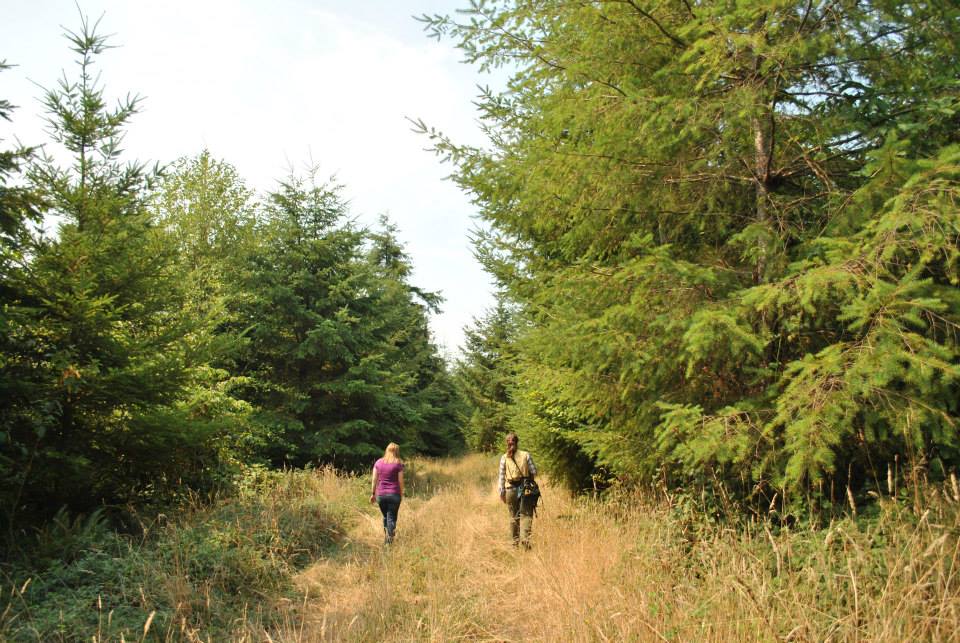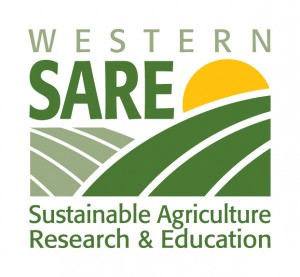Promoting decision making tools for informed forest stewardship

Giving landowners the decision-making tools they need to become informed forest stewards
Landowners can encounter barriers that prevent them from taking an active approach to stewarding their forests.
We interviewed landowners to understand their stewardship concerns, their sources of information, and the factors that influence their management activities. Landowners make decisions based on their understanding of their forest’s health, the availability of contractors, and the income potential from an activity and its corresponding costs. Important factors guiding their decisions include recommendations from forestry professionals who know their land and the goals they identify in their forest management plans.
We developed tools to help forest owners take stock of their land, understand their options, and make informed management decisions.
Through this project, Accelerating adoption of sustainable practices for small forest producers, NNRG and Ecotrust worked together to introduce landowners and natural resource professionals to decision-informing tools during workshops and one-on-one site visits across western Oregon and Washington.
NNRG introduced forest owners to a simple field checklist to evaluate forest biodiversity. The Forest Biodiversity Assessment is an easy-to-use tool that landowners can use to identify the components, structures and processes that are part of a healthy, productive forest. It can help landowners describe their forest, notice what components are missing, and consider what they can do to increase biodiversity. Forest owners do not need a deep knowledge of plant and wildlife species or forest ecology to conduct an assessment—just time to walk their woods and make careful observations. Given the importance of forest health to the landowners we interviewed, a tool to evaluate their forest’s biodiversity seemed like an important addition to their toolkit.
Ecotrust trained forest owners to use Forest Planner, an on-line program that helps landowners play out a variety of management scenarios for their forests. With Forest Planner, landowners can visualize the effects of alternative management options and anticipate how decisions might pay off in terms of timber harvests and financial returns over decades to come.
Our Accomplishments
- Reached more than 56 forest owners and natural resource professionals through workshops.
- Conducted 33 site visits with forest owners on more than 4,000 acres across western Oregon and Washington.
- Interviewed nine forest owners to understand their goals for forest ownership and how they make decisions.
- Assisted eight forest owners carry out commercial thinning harvests on 262 acres of forestland.
- These harvests generated more than $1.4 million for the regional economy and contributed to more than 159 weeks of work for three logging contractors.
- Developed three case studies of landowners practicing active forest stewardship.
- Taking care to thin and grow the forest – The Hansons thinned their young, 30-year old Douglas-fir forest for the first time to make room for other species and optimize timber value in future commercial thinning harvests.
- A view of the trees – Phil and his family created a home in the woods to enjoy life among the trees. They recently thinned their 40-year old forest to address root rot and diversify what grows in the woods.
- Stewarding the family forest – Three generations steward Clyde Tree Farm on the shores of Hood Canal. The forest is an important family recreation destination, wildlife oasis, and source of periodic income from commercial thinnings.
- Distributed examples of forest producers’ management experiences and goals through mailings and social media to more than 2,700 people.
- Ecotrust has 700 registered users of Forest Planner and an average of 100 uses per month.
Funding for this project provided by:
Project partner:

Western Sustainable Agriculture and Education supported the outreach and training provided through this project with grant #OW14-003 – Accelerating adoption of sustainable practices for small forest producers.
NNRG and Ecotrust thank our partners for their assistance in developing the Forest Biodiversity Assessment and Forest Planner. Special acknowledgement goes to USDA’s Natural Resources Conservation Service and its Conservation Innovation Grant program, the Bullitt Foundation, the M. J. Murdock Charitable Trust, the Weyerhaeuser Family Foundation, the Forest Stewardship Council-US, and the World Wildlife Fund-Sweden.


Leave a Reply